Bee Balm, scientifically known as “Monarda,” is a vibrant and beneficial perennial herb that serves as a magnet for pollinators in gardens. This captivating plant is known for its colorful and fragrant blooms, making it a delightful addition to any garden while also supporting the vital work of bees, butterflies, and hummingbirds. In this article, we’ll explore the captivating features, care, and ways to incorporate Bee Balm into your garden, creating a haven for pollinators and a burst of color and fragrance.
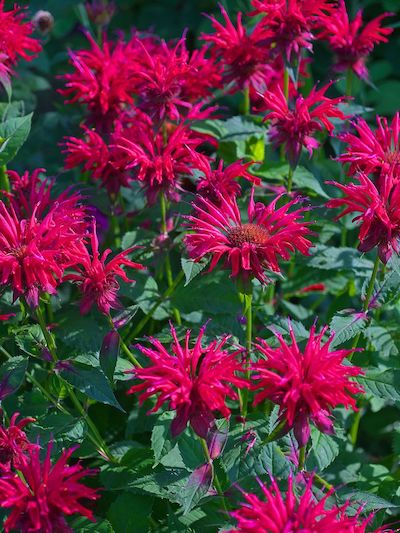
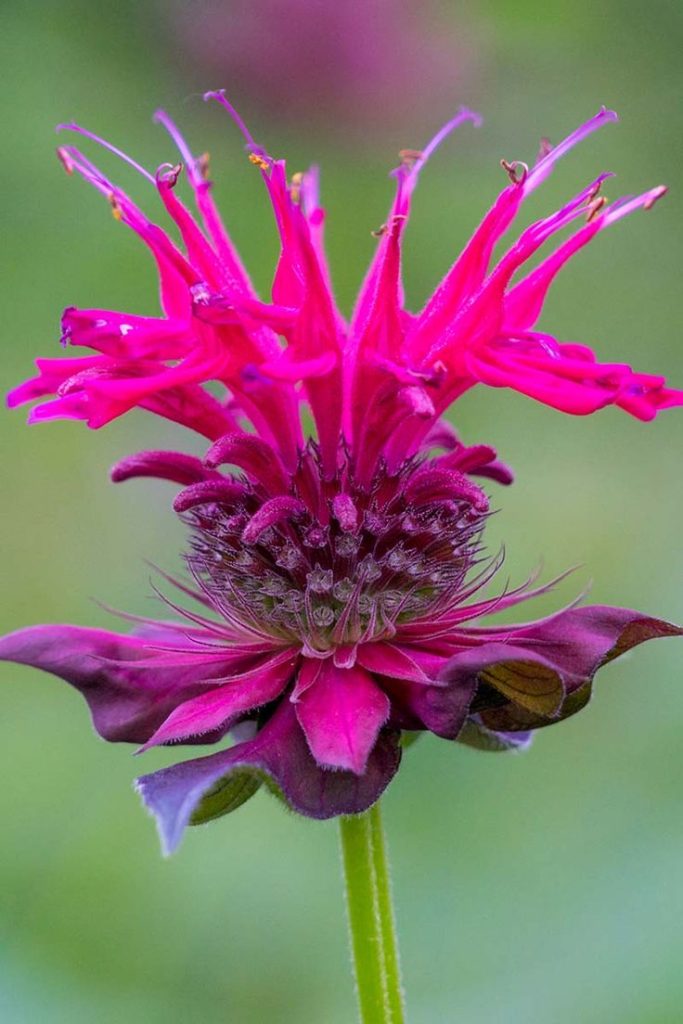
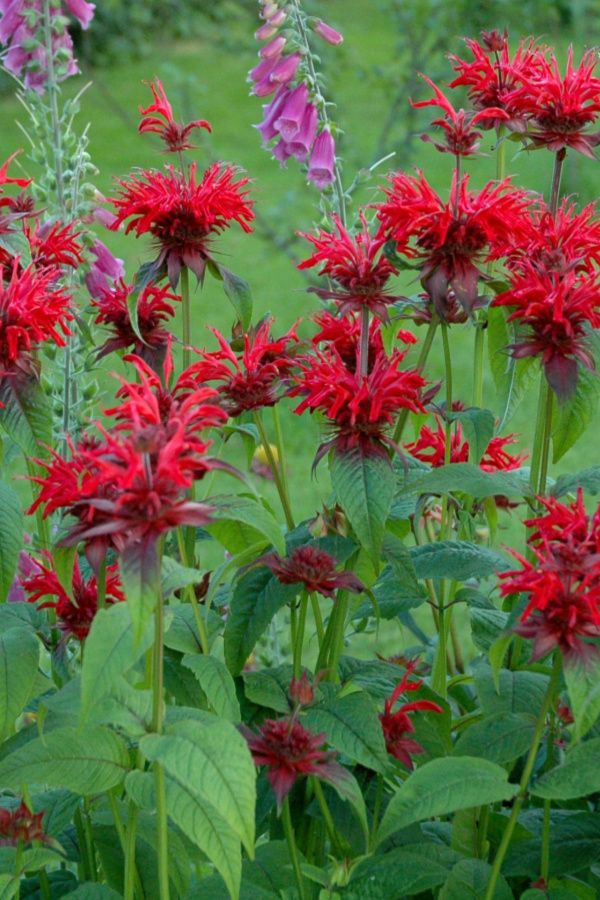
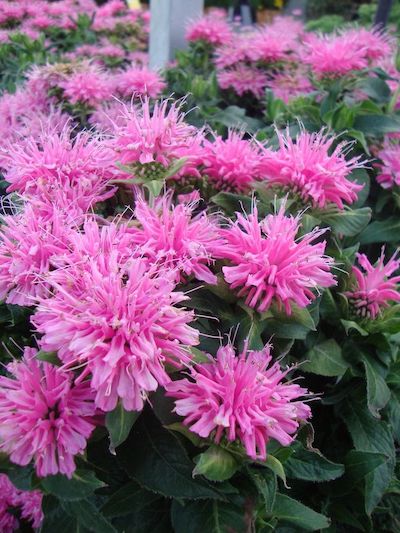
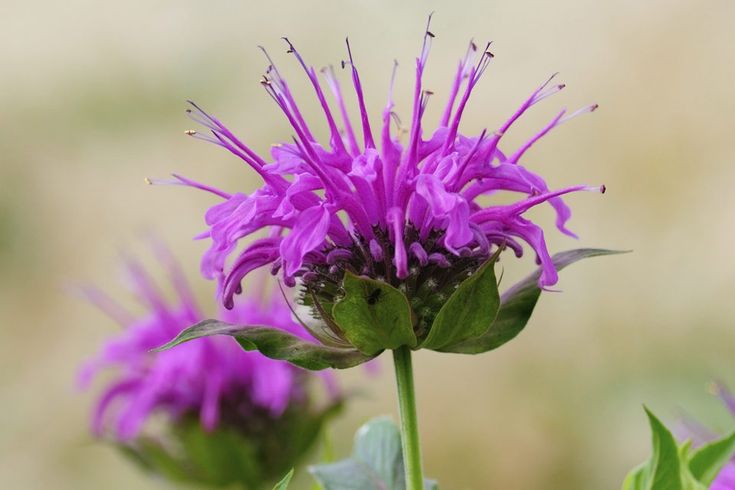
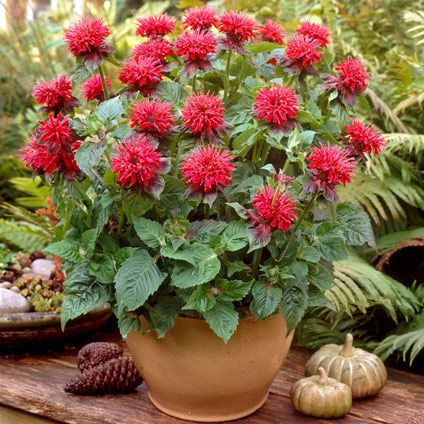
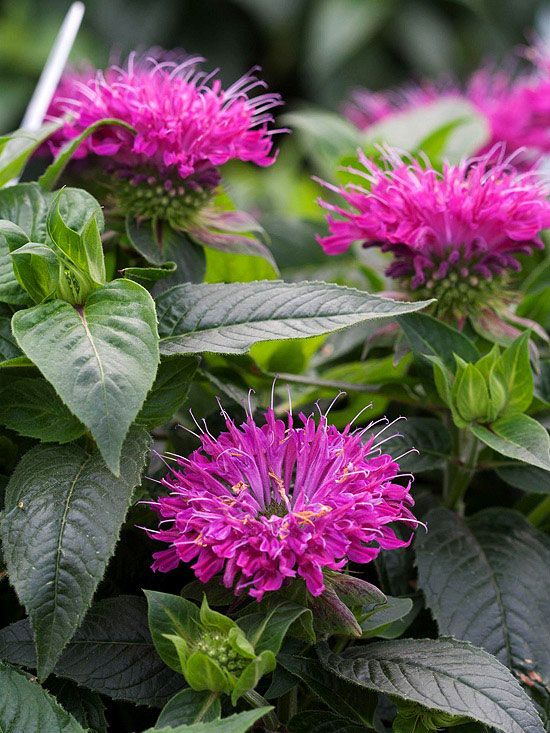
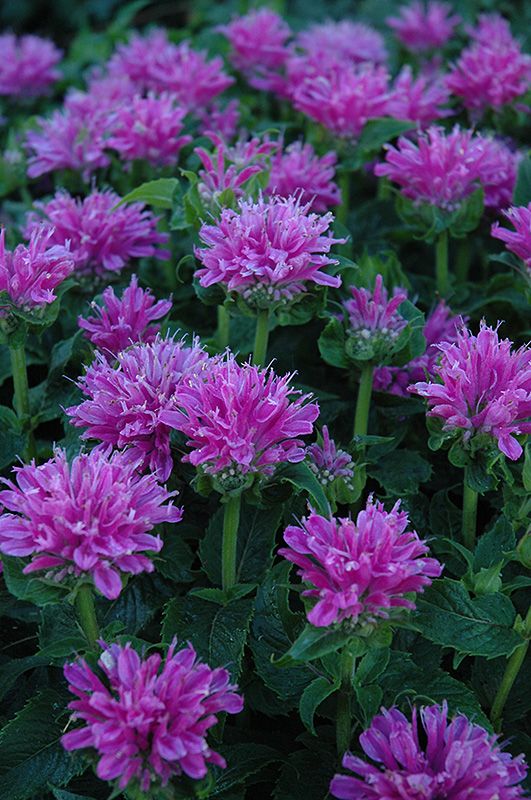
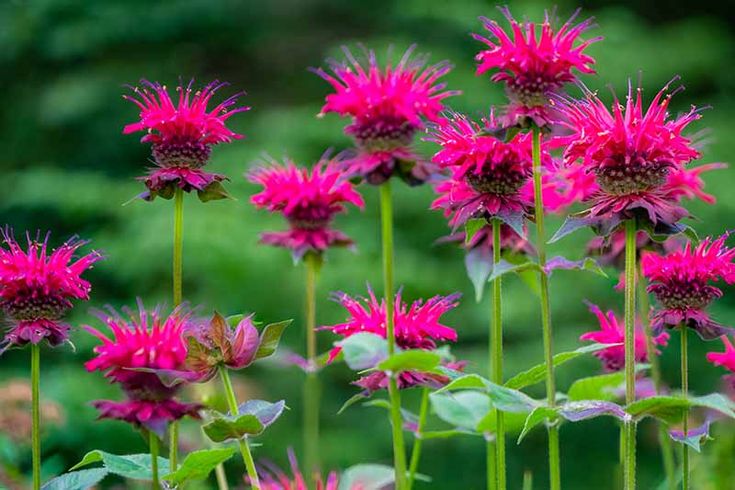
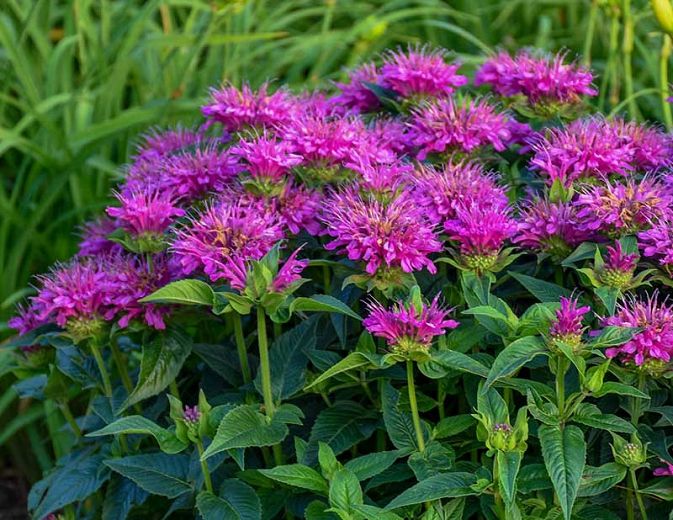
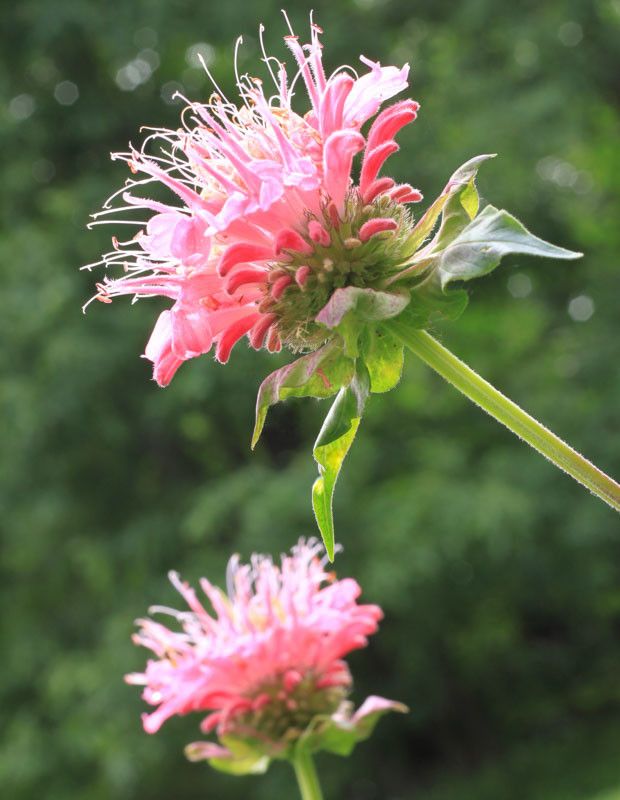
The Captivating Features of Bee Balm
Bee Balm is celebrated for its captivating features that make it a beloved addition to gardens:
- Vibrant Blooms: Bee Balm produces showy, tubular flowers in shades of red, pink, lavender, and white. These colorful blooms create a stunning display in the garden.
- Attracting Pollinators: Bee Balm is a pollinator magnet, drawing bees, butterflies, hummingbirds, and other beneficial insects with its nectar-rich flowers.
- Fragrance: The aromatic leaves and blossoms of Bee Balm emit a delightful fragrance that adds an enchanting element to your garden.
- Herbal Uses: Bee Balm has a history of herbal uses, including making teas and herbal remedies. It’s also used as a culinary herb, with a flavor reminiscent of citrus and mint.
- Long Blooming Period: Bee Balm often blooms from mid-summer to early fall, providing an extended period of beauty and sustenance for pollinators.
Caring for Your Bee Balm
To ensure your Bee Balm thrives and continues to attract pollinators while gracing your garden with vibrant blooms, follow these care guidelines:
- Location: Plant Bee Balm in a spot that receives full to partial sun. It thrives in well-lit areas.
- Soil: Ensure well-drained soil with good organic content. Bee Balm prefers soil that’s consistently moist but not waterlogged.
- Watering: Keep the soil consistently moist during the growing season. Water at the base of the plant to prevent fungal issues.
- Pruning: Deadhead spent flowers regularly to encourage continuous blooming and prevent self-seeding.
- Dividing: Divide Bee Balm every few years to maintain healthy growth and prevent overcrowding.
- Mulching: Apply a layer of organic mulch around the base of the plant to conserve moisture, regulate soil temperature, and suppress weeds.
Incorporating Bee Balm into Your Garden
Here are creative ways to incorporate Bee Balm into your garden:
- Pollinator Gardens: Create a dedicated pollinator garden with Bee Balm as a centerpiece, providing nectar and habitat for bees, butterflies, and hummingbirds.
- Mixed Borders: Plant Bee Balm in mixed borders alongside other perennials and annuals for a burst of color and fragrance.
- Cottage Gardens: Include Bee Balm in cottage-style gardens, where its vibrant blooms and aromatic foliage enhance the rustic charm.
- Cut Flower Gardens: Dedicate a section of your garden to Bee Balm, enjoying its colorful blooms in cut flower arrangements.
- Herb Gardens: Add Bee Balm to your herb garden, where it serves both ornamental and culinary purposes.
Bee Balm is like a bustling café for pollinators, offering them a nourishing feast of nectar while beautifying your garden with its vibrant colors and delightful fragrance. Whether you’re enhancing pollinator habitats, brightening mixed borders, or simply enjoying its herbal and aromatic qualities, Bee Balm brings an aura of life and vibrancy to outdoor spaces.
Plant Bee Balm in your garden, and let its vibrant blooms and sweet fragrance remind you of the vital role of pollinators in the circle of life.